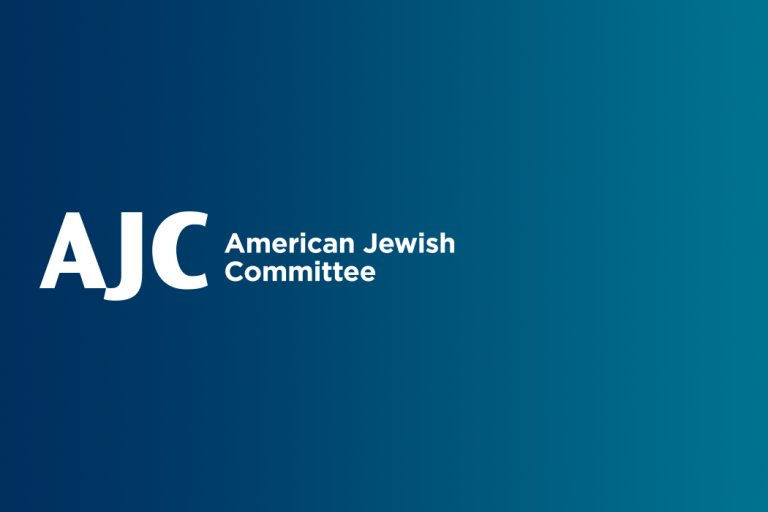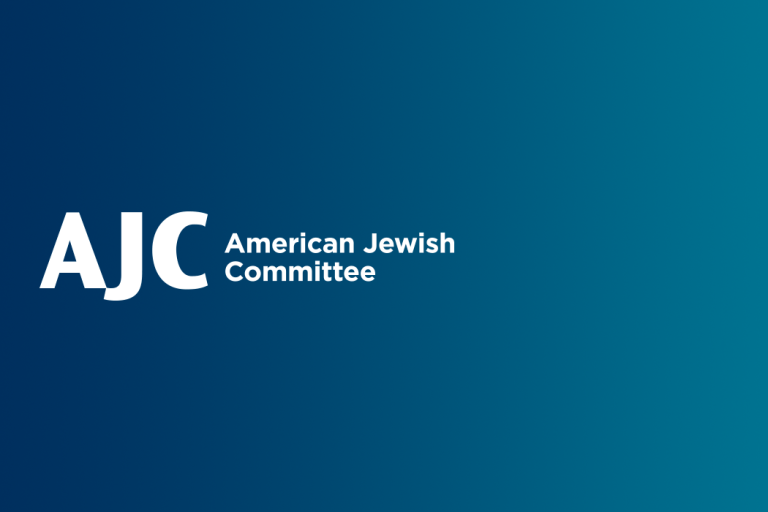August 19, 2020 — Los Angeles, CA
By Saba Soomekh
This article appeared in the Jewish Journal.
As a longtime professor of religious studies and Middle Eastern history as well as an Iranian Jew, I wasn’t surprised certain Middle Eastern ethnicities are completely absent from the draft California Ethnic Studies Model Curriculum.
The many courses I took about the Middle East and North Africa (MENA) throughout my undergraduate and graduate studies ignored the histories, culture and traditions of Jews and other religious minorities in the Middle East. It was as if we did not exist outside of an Islamic focus of academia.
Jews lived in ancient Iran before the advent of Islam for 2,700 years, making it the oldest community in the Jewish Diaspora. With the Arab-Muslim conquest of Iran in 642 C.E., Jews became defined as a religious minority, and so had to pay a poll tax and accept an inferior status as second-class citizens.
By the early 16th century, the country’s religious minorities — Christians, Zoroastrians and Jews — faced greater discrimination, prohibitions and hostility. Despite periods of greater tolerance and a relatively high degree of physical and legal protection in the Ottoman Empire, Jews living in Iran experienced systematic persecution, forced conversions to Islam, pogroms and continuously were subjugated in all aspects of their lives.
Despite other flaws, the secular reigns of Reza Shah (1925-41) and his son Muhammad Reza Shah (1941-79) brought new educational, social and economic opportunities, physical security and the legal protection of citizenship. But the 1979 Islamic Revolution ushered in a dramatic reversal for Jews, who were accused of distorting Islam and the Quran, and denounced as imperialist spies. Once a 100,000-strong community, Jews were executed, exiled or fled. Today, only a fraction remain in Iran.
I was born in Tehran, and my family fled before the 1979 Islamic Revolution, along with 70,000 Iranian Jews who flocked to Los Angeles. The matriarchs in my family shared stories of life in Iran under the Islamic regime. Jews were relegated to living in ghettos, and experienced frequent episodes of violence toward them or the entire Jewish community.
Iranian Jews have become major players in the economic, social and political lives of Angelenos, and comprise one of the most well-established immigrant communities in Los Angeles. While life is notably better here, anti-Semitism persists. Last December, Nessah Synagogue, the largest of its kind for Persian exiles, was vandalized on Shabbat, our day of rest.
Hate crimes against Jews have risen 71% since 2016 in this state, and Jews continue to be the primary targets of religiously motivated hate crimes in California. Eighty-eight percent of Jews polled in a groundbreaking American Jewish Committee (AJC) survey see anti-Semitism as a problem in the United States today.
Laudably, the purpose of the California Ethnic Studies model curriculum is to empower students to learn about and combat racism and discrimination. The introductory chapter explains, “In the pursuit of justice and equality, ethnic studies should help students comprehend the various manifestations of racism and other forms of ethnic bigotry, discrimination, and marginalization.”
The model curriculum focuses on four core groups: African American; Chicana/o and Latina/o; Native American and Indigenous; and Asian Americans. The “broadly defined umbrella of Asian studies” includes Hmong, Chinese, Filipino and Arab Americans — but Japanese, Koreans, and Hindu and Sikh Indians are left out.
Although the revised draft curriculum directs that the Asian section of ethnic studies courses include “the unique experiences of Arabs and other Middle Easterners,” it still ignores Iranian religious communities — Jews, Christians, Zoroastrians and Bahais — integral to the Los Angeles population. Leaving our histories and our voices out of the curriculum not only is ahistorical and faulty scholarship, it projects a revisionist and an Arab Muslim-centric understanding of a diverse region.
I now teach courses and write books on Iranian Jews and Jews from the Middle East. My courses and others offered on religious minorities in the Middle East are highly attended and celebrated because for the first time in California, a wider range of Middle Eastern students are learning about their own histories, their cultures and their traditions. They are seeing themselves represented in their college curriculum.
The California State Board of Education must do the same for high school students. The law that mandated the creation of a California ethnic studies model curriculum — AB 2016 — stated the objective of “preparing pupils to be global citizens with an appreciation for the contributions of multiple cultures.” My community, and all California students, deserve a more nuanced, inclusive and demographically accurate portrayal of our ethnically diverse state.
Saba Soomekh is the associate director of American Jewish Committee (AJC) Los Angeles, and a lecturer at the Academy of Jewish Religion-CA. She is the author of “From the Shahs to Los Angeles: Three Generations of Iranian Jewish Women Between Religion and Culture.”


